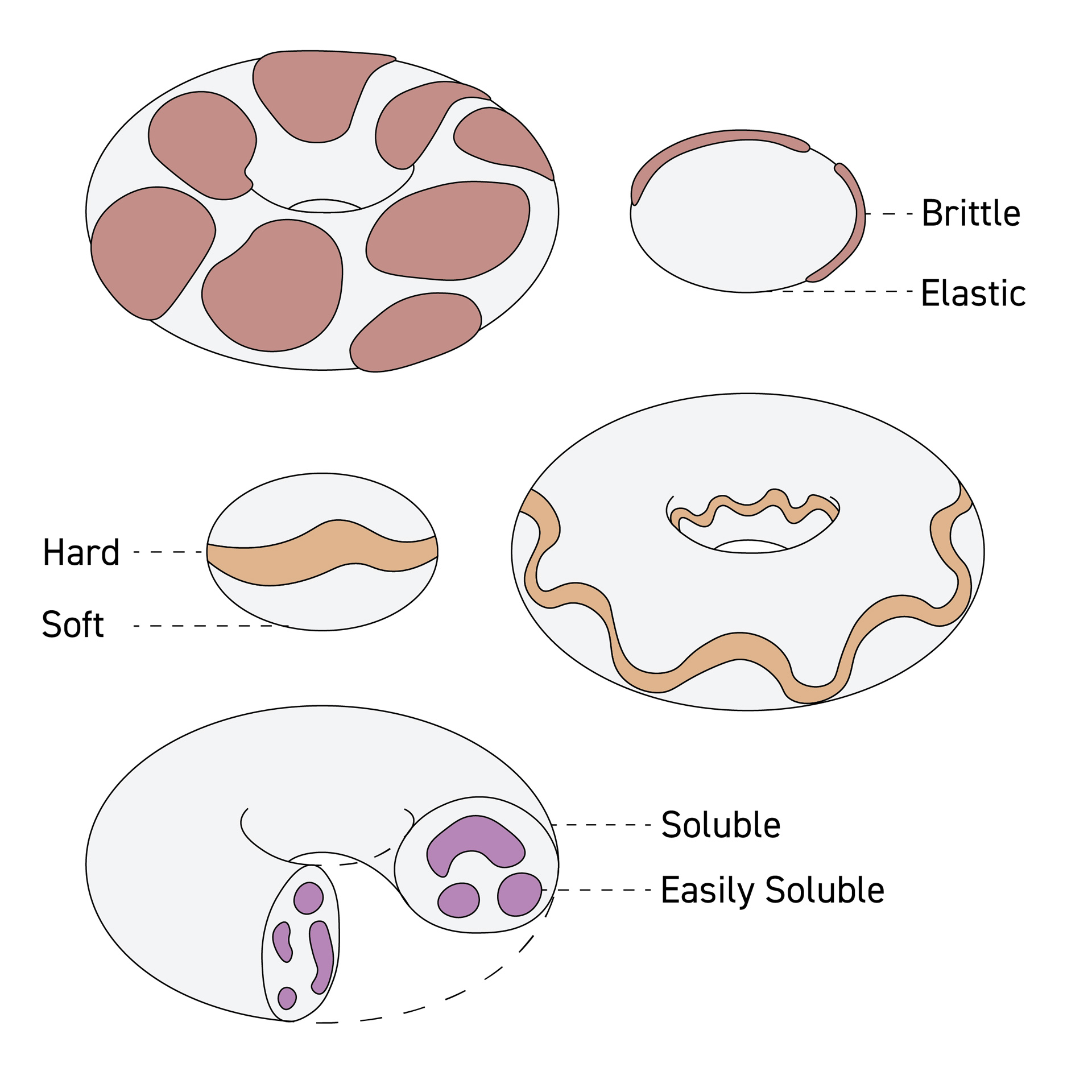Chewing Donuts

︎ Creator:
Jimmy Xiaosheng Zhong
︎ Supervisor: Peter Yeadon
Chewing Donuts are edible toys that are made from seaweed bioplastic. The were specifically designed for children between the ages of 3 and 5. By altering the formula of the bioplastic, it is possible to manipulate its elasticity, softness, and water solubility.
With his design, Jimmy Zhong wanted to introduce a unique experience for kids to explore their senses, as well as gain a preliminary understanding of bioplastics through chewing and playing with the material.
Currently, the majority of toys on the market are made from plastic, which will ultimately end up in the environment once the children are done with them. Bioplastic is an eco-friendly solution to this problem, as it is biodegradable and can be tailored to degrade at an appropriate rate.
With increased production capabilities, bioplastic toys have the potential to become more commonplace in households and raise awareness of the environmental impacts of biomaterials and their potential future applications. This way, children can become more informed about sustainability, having grown up in an environment which encourages conversations on the matter.
︎ Supervisor: Peter Yeadon
Chewing Donuts are edible toys that are made from seaweed bioplastic. The were specifically designed for children between the ages of 3 and 5. By altering the formula of the bioplastic, it is possible to manipulate its elasticity, softness, and water solubility.
With his design, Jimmy Zhong wanted to introduce a unique experience for kids to explore their senses, as well as gain a preliminary understanding of bioplastics through chewing and playing with the material.
Currently, the majority of toys on the market are made from plastic, which will ultimately end up in the environment once the children are done with them. Bioplastic is an eco-friendly solution to this problem, as it is biodegradable and can be tailored to degrade at an appropriate rate.
With increased production capabilities, bioplastic toys have the potential to become more commonplace in households and raise awareness of the environmental impacts of biomaterials and their potential future applications. This way, children can become more informed about sustainability, having grown up in an environment which encourages conversations on the matter.
